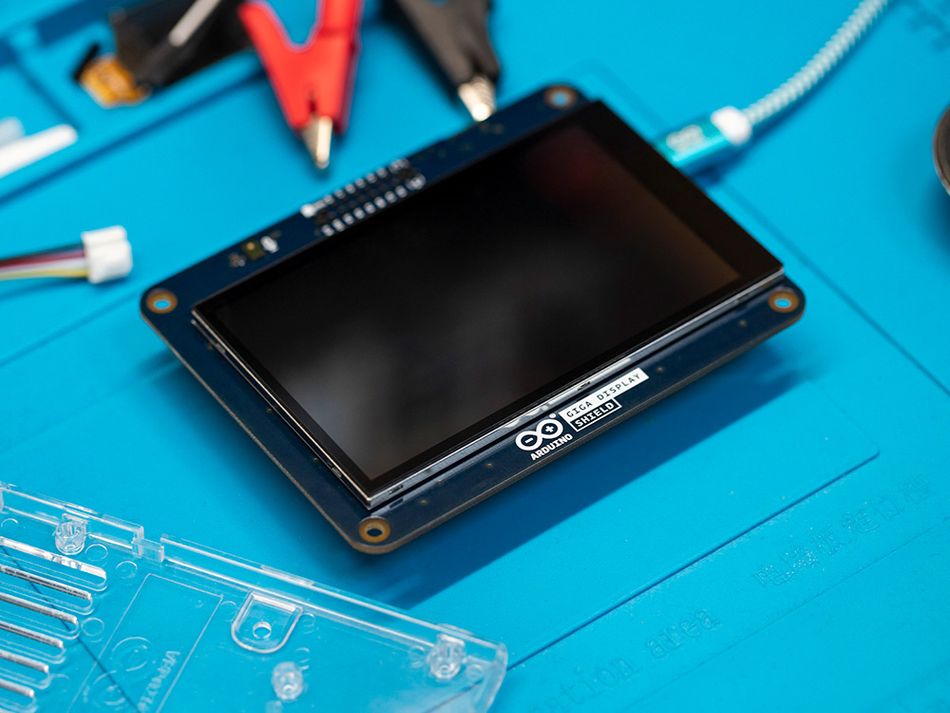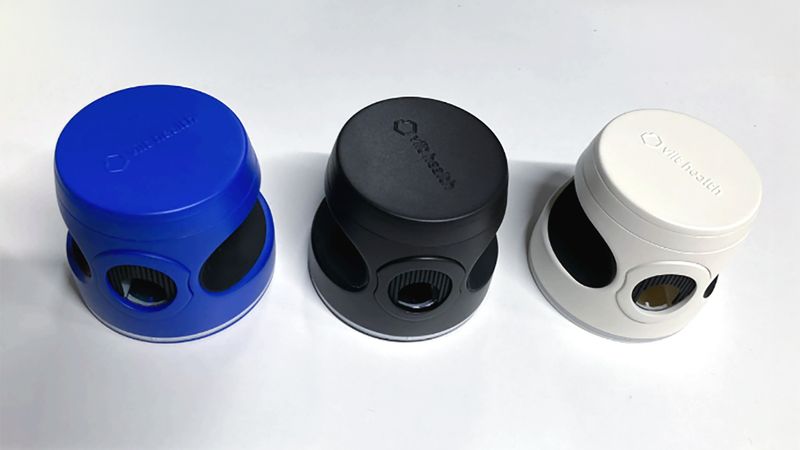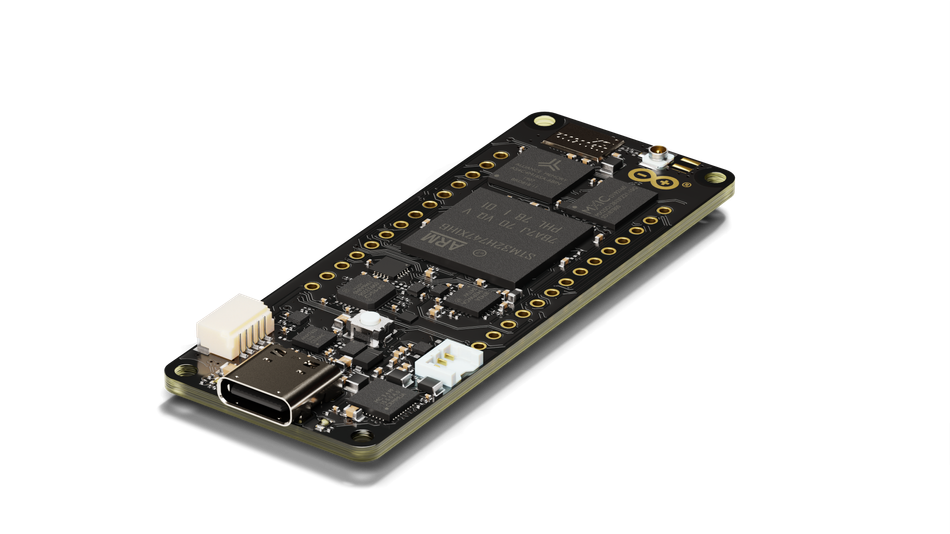Accelerating Innovation for Diabetes Management: Softeq's Non-Invasive Glucose Monitoring
New ways to monitor glucose without finger pricks could help the millions of people around the world who need to manage diabetes in their lives every day. Viit Health partnered with Softeq to prototype a promising new solution.
Diabetes affects hundreds of millions of people worldwide, and managing it effectively heavily relies on one crucial habit: frequent, reliable glucose monitoring. But for many, the discomfort and inconvenience of traditional finger-prick methods or the expense of continuous glucose monitors (CGMs) can be major obstacles. That’s where Houston-based Softeq, leaders in embedded tech and Edge AI, stepped in – building a non-invasive alternative using the Arduino Portenta H7 and GIGA Display Shield.
Their client, Viit Health, specializing in non-invasive glucometry research, was interested in exploring the use of near-infrared spectroscopy (NIR) to measure blood glucose levels – no blood or consumables required. But to test the concept, they needed a working prototype. Fast.
Prototyping with Performance – and Purpose
Softeq selected the Arduino Portenta H7 for its dual-core processing, modular architecture, and native support for edge AI workflows. The board made it possible to analyze light absorption patterns from a fingertip in real time and run AI models to estimate glucose levels, all on-device. The GIGA Display Shield completed the setup with an intuitive 3.97" touchscreen interface for instant, user-friendly feedback.
“[Using Arduino] reduced the prototyping process by 25% and accelerated Viit Health’s path to production and clinical trials,” says Paul Fruia, Senior Advisor at Softeq.
The prototype uses NIR LEDs to illuminate the skin with multiple wavelengths. A spectrometer measures how the light is absorbed by different tissues – including how glucose influences that absorption. This raw spectral data is then processed and interpreted by AI models running on the Portenta H7, delivering a glucose estimate in seconds. All of this fits in a portable setup designed for real-world use and future regulatory approval.

Accelerating Medical Innovation with Open Tools
For Softeq, using products from the Arduino ecosystem was not just about rapid development – it was about building something robust, open, and adaptable. The project demonstrates how Arduino can support the development of advanced, AI-powered medical technology, especially when time-to-validation and flexibility are critical.
With a proven concept, Viit Health has moved forward with a custom-built, compact medical device and clinical trials, to gather real-world patient data for regulatory approval. The aim is clear: refine, validate, and scale a non-invasive solution that could reshape how millions monitor their metabolic health.
From fast prototyping to life-changing innovation – this is how open technology makes a difference.


